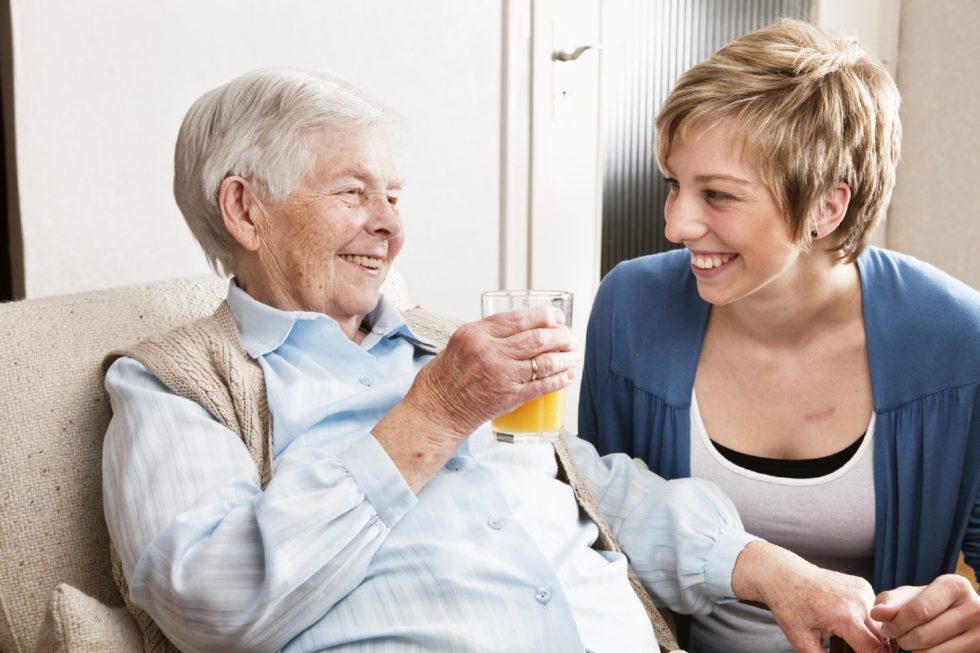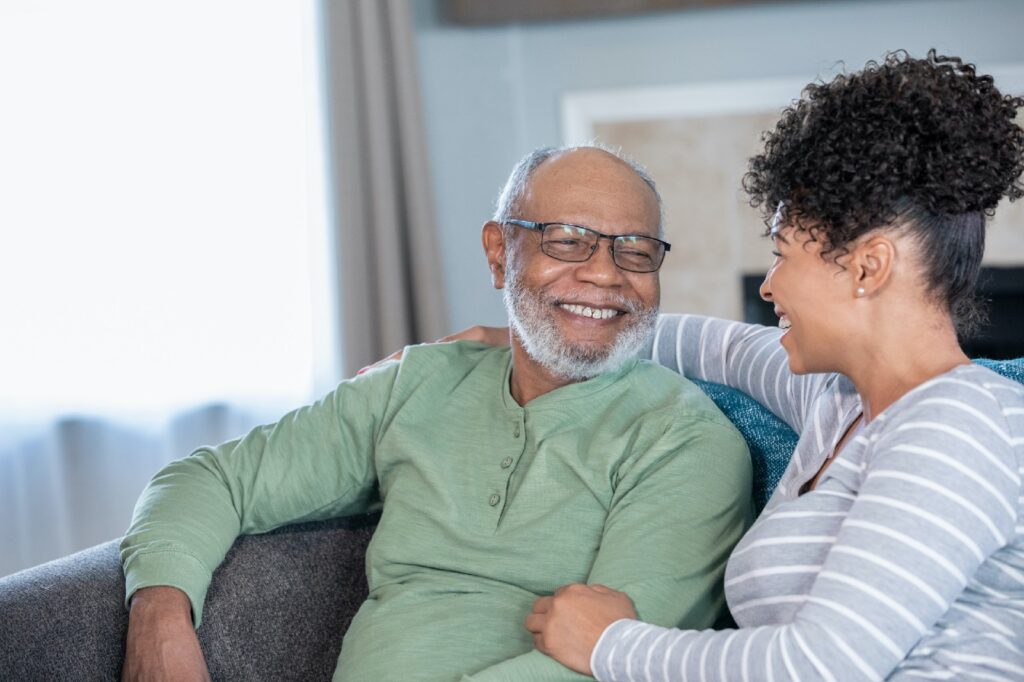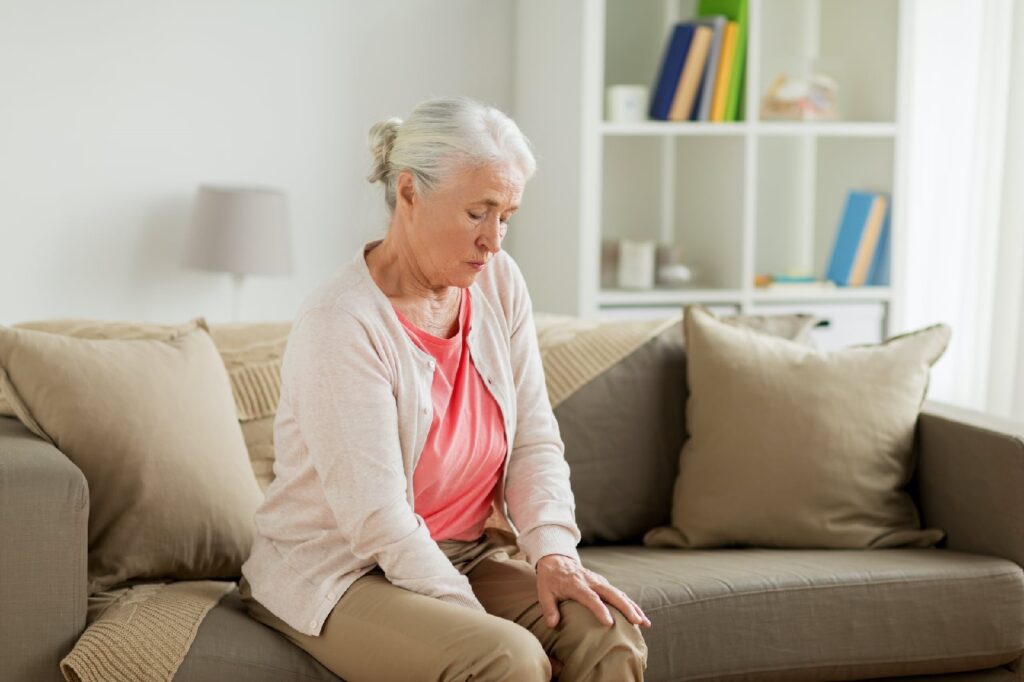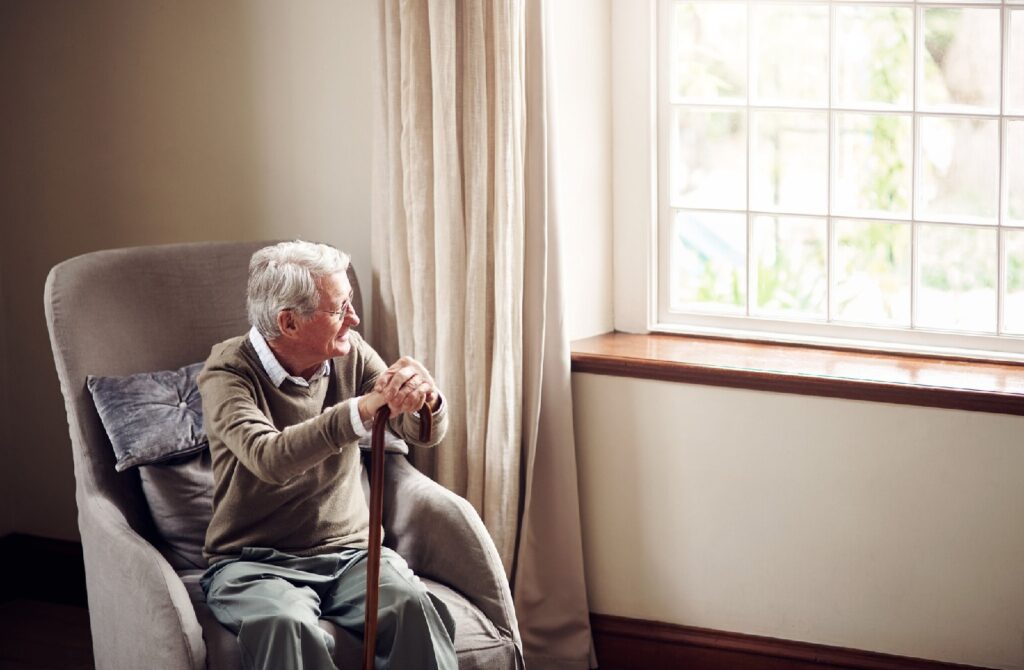How To Recognize Vein Disease in An Aging Parent
Author: StrideCare Internal Team

Janet* didn’t think much about how her 70-year-old mother never showed her legs. She always covered them with pants, and it was like that year-round. But while moving from her mother’s house to into a senior facility one day, Janet grew suspicious as her mom complained about tired legs and had to lay down frequently to keep them elevated. That’s when Janet noticed leg discoloration—a telltale symptom of vein disease. She wished she’d noticed sooner, but like for many, it can be difficult to recognize vein disease in an aging parent.
More than 20 million Americans suffer from vein disease, especially older people. The problem is that many aging parents hide their vein issues with clothing. They also might not know how to recognize or verbalize their symptoms and may go years without saying anything. But this only delays treatment and leads to complications such as:
- Painful varicose veins
- Deep vein thrombosis (blood clots)
- Restless leg syndrome
- Chronic venous insufficiency
- Skin, foot and leg ulcers
Vein Disease Is More Common in Aging Adults
The first step toward recognizing vein disease in an aging parent is to realize how prevalent this condition is among older people. Sure, young people can develop vein disease, but it’s more common in women and older adults between 40 and 80 and can range from cosmetic annoyances such as spider veins to many of the serious medical conditions above. This is because as we age, the valves in our veins weaken and don’t work like they did when we were younger. They slow down, fill up with blood, and cause our veins to enlarge or swell due to fluid buildup.
On top of that, we tend to gain more weight as we age, lose track of our diets and what we put into our bodies, and lead more sedentary lives. These and heredity are all common risk factors associated with vein disease.

As an aging parent’s vein disease situation worsens, they may begin to experience pain while performing everyday tasks such as walking, exercising, or even gardening. This may not seem as obvious at first, but it’s important to be on alert for any changes in their typical routine.
Here Are a Few Ways to Recognize Vein Disease in an Aging Parent.
- Complaints of pain
Pay particular attention when your aging parent complains about being in pain, whether it be when they are walking, climbing stairs, or even after sitting or standing for any length of time. Many older patients with vein disease have legs that feel heavy, numb, weak, or cold. They may experience muscle cramps and a burning or throbbing sensation. Some patients may experience increased bruising, too.

- Hiding their bodies
Janet’s mother was never one to wear shorts or a dress, but for some aging parents, a sudden switch to long pants or constantly covering up their feet could be a sign that something’s up. Maybe at first, they’re just annoyed by the growing number of spider and varicose veins and may not be in any pain. But over time, that may not be the case. They may be hiding a condition out of fear or simply to not be a bother to anyone.
- Skin changes
When someone has vein disease, blood flow and oxygen are both inhibited. As a result, the color of their legs and feet can turn pale or bluish. Their skin can also become itchy and flakey. Ignoring these telltale signs of vein disease could lead to the onset of gangrene and potential amputation.
- Limited activity
If your aging parent used to be active as an avid walker or gardener but has suddenly reduced their activity level, there’s a chance that they may be suffering from vein disease. It’s important to note that the poorer the activity level, the greater the loss of mobility and death at later ages.

- Loss of leg hair and decreased toenail growth
Without proper blood circulation, hair, and other things such as toenails cannot grow. Many people don’t notice that they are losing leg hair or don’t think it’s a sign of something more serious. But in an aging parent, these can be signs that something else is going on.
- Wounds and sores won’t heal
Untreated vein disease can ultimately break skin down and lead to painful sores that don’t heal as fast or don’t heal at all. These sores affect 6.5 million patients annually and are caused by poor circulation, diabetes, prolonged pressure from immobility, and more.
Improve Vein Health with StrideCare
Vein disease does not cure itself, and there’s no way to prevent it completely. But it’s important to recognize vein disease in aging parents, especially if they inadvertently hide their condition. If you’re paying close attention and still aren’t sure if what your parent is experiencing is venous-related, give us a call.
StrideCare has long been a leader in performing leading-edge procedures to treat vein disease such as varicose veins, spider veins, restless leg syndrome, pelvic congestion syndrome, varicoceles and more—all the while providing compassionate patient care. The vascular physicians at StrideCare are board certified diagnostic radiologists with additional fellowship training in vascular and interventional radiology.
The experts at StrideCare will recommend an individualized plan to help get the best results for your aging parent. Request an appointment for a vein disease evaluation to discuss options.
Prior to starting any new treatment or questions regarding a medical condition, always seek the advice of your doctor or other qualified health provider. This information is not a substitute for professional medical advice.
StrideCare serves the South Texas area including Houston, San Antonio, Austin, Round Rock, Bastrop, Brushy Creek, Cedar Park, Converse, Georgetown, Hutto, Kyle, Leander, Marble Falls, New Braunfels, Pasadena, Pearland, Pflugerville, San Marcos, Schertz, Houston, Sugar Land, Katy, Webster, Bay City, Clear Lake, Lake Jackson, The Woodlands, Universal City, Spring, Kingwood, Stafford, Conroe, Texas City, Cypress, League City, Bellaire, and more.
*Patient stories are true. Names and/or photos may be changed to protect patient confidentiality.


